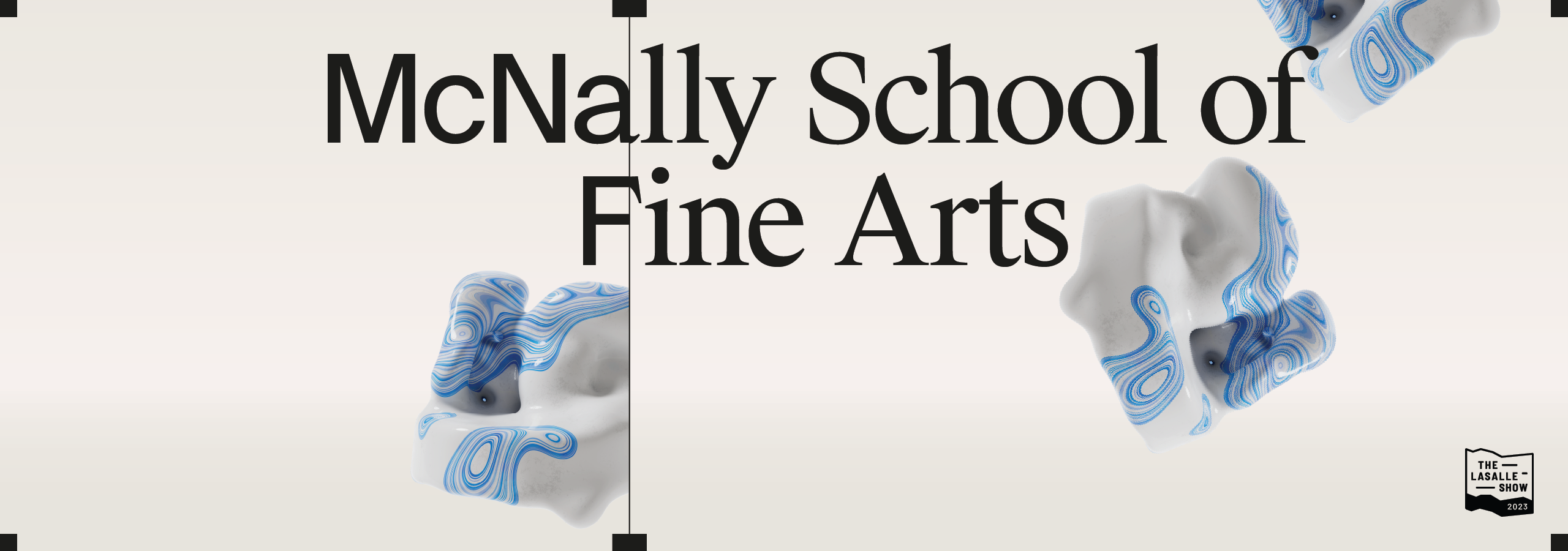Photography and archive in Cambodia and Vietnam: The artists' responses to the trauma and memory of the war (1955 – 1979)
From 1955 to 1979, the Vietnam War and the Khmer Rouge were definitive incidents in Southeast Asia, especially in Vietnam and Cambodia. Attracting hoards of international journalists and photographers, people saw thousands of photos documented across the media and press worldwide. Most photographers took a moment on the battlefield, which caused a high death risk.
War photography was important because it enabled the public to recognise certain incidents visually. In addition, a photographic archive is treated differently within an institution's inventory so as to keep the memories alive. Both countries were colonised by the French protectorate and introduced to photography, but they followed different paths for its implementation. Cambodia and Vietnam had different approaches to capturing war moments by photographers. These differences influenced photography development til today, in both societal and individual impacts.
Ly Daravuth, Kim Hak, Dinh Q. Lê, and Nguyễn Thị Thanh Mai are representative artists from Cambodia and Vietnam who use photography as their primary medium. Their works reflect the war and its aftermath through their personal memories to illustrate trauma as survivors. This thesis investigates their responses to the memory and trauma of the Vietnam War and the Khmer Rouge. This paper takes into consideration the methodologies of their photographic practice, historical approaches and comparative studies in three contexts. The photographic archives of each artist are also used to illustrate photographic practices and support comparative studies.
This research uses these three context pillars to identify the commonalities and differences of each country, as well as the societal and individual influences on an artist. As a nation, Cambodia and Vietnam established policies that have shaped their people and how they respond to war today. The younger generation’s response also illustrates the consequences of war and how they move on from the trauma without forgetting history. The paper concludes that photography continues to be essential in illustrating any critical events, and the nuance of photography is a tool for remembering tragic incidents.





